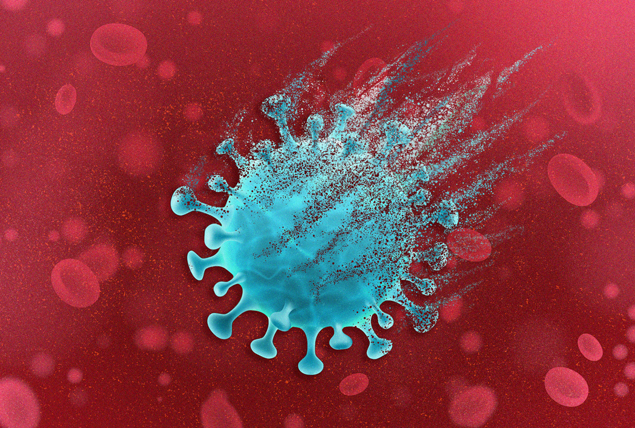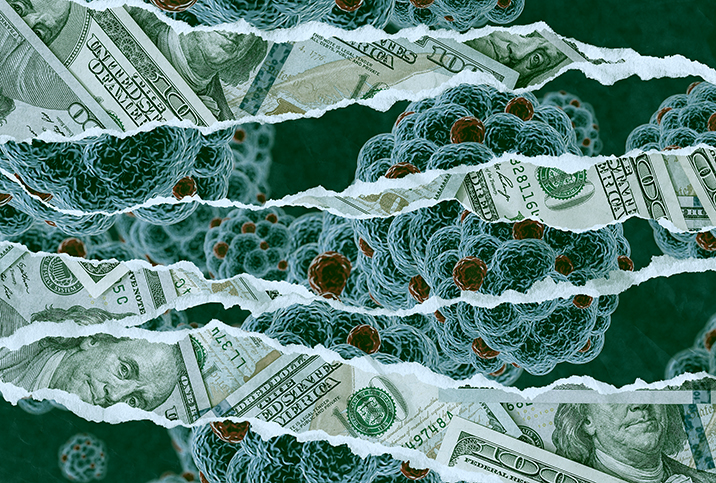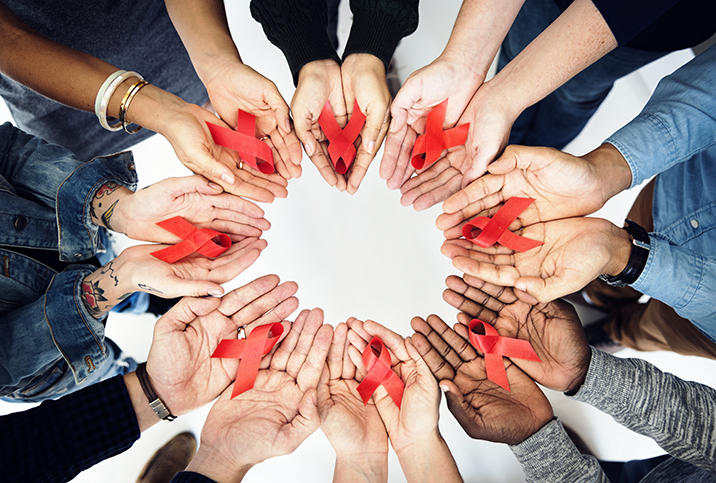AIDS Can Be Ended by 2030, UN Says

The AIDS era, which began in the 1980s, could be over by 2030, the United Nations revealed last week. In a report titled "The Path That Ends AIDS," the agency outlined steps necessary to achieve that goal and prevent, prepare for and address future pandemics.
A political and financial choice
The report contains data and real-world examples that indicate ending AIDS is largely a political and financial choice, dependent on countries' willingness to follow evidence and science, address discrimination and inequalities, and invest in prevention and treatment. It also said governments must empower community networks and civil society organizations, adopt laws and policies that protect human rights, and integrate health systems, among other actions.
Countries and political leaders who've already taken such measures have made exceptional progress, according to the report. This includes several countries in eastern and sub-Saharan Africa, regions where HIV infection rates have plummeted by 57 percent since 2010. Antigua and Barbuda, Barbados, the Cook Islands, Saint Kitts and Nevis, and Singapore have also made progress by decriminalizing same-sex relations.
"The end of AIDS is an opportunity for a uniquely powerful legacy for today's leaders," said Winnie Byanyima, the executive director of UNAIDS, the U.N.'s global AIDS division, in the report. "They could be remembered by future generations as those who put a stop to the world's deadliest pandemic. They could save millions of lives and protect the health of everyone. They could show what leadership can do."
'95-95-95' targets
Thus far, Botswana, Eswatini, Rwanda, Zimbabwe and the United Republic of Tanzania have already achieved "95-95-95" targets, according to the report. This means 95 percent of people with HIV know their status, 95 percent who know they have HIV are on antiretroviral treatment and 95 percent of people on treatment have been virally suppressed. Another 16 countries, including eight in sub-Saharan Africa, are nearing this target.
Viral suppression indicates there are fewer than 200 copies of HIV per milliliter of blood, per the Centers for Disease Control and Prevention (CDC). Suppressing the virus reduces the risk of disease progression and transmission. Antiretroviral medication can even suppress the infection so much that it's undetectable in a blood test. At that point, it is not transmissible through sex, and there's a 1 percent or less risk of transmitting it to a baby during pregnancy and delivery.
HIV is highly treatable, and medications such as pre-exposure prophylaxis (PrEP) can help with prevention, but unaddressed HIV can advance to AIDS.
About 39 million people worldwide were living with HIV at the end of 2022, according to the World Health Organization (WHO). Of those, nearly 29.8 million were accessing antiretroviral treatment, compared to 7.7 million in 2010, according to the report. This includes 82 percent of pregnant and breastfeeding women with HIV, an increase from 46 percent in 2010. That has led to a 58 percent reduction in new HIV infections in children within 12 years.
New infection rates
The report indicates there's still much to do. In 2022, one person died of AIDS-related causes every minute. About 9.2 million people with HIV don't receive treatment, including about 660,000 children.
Girls and women are still disproportionately affected: 4,000 girls and women became infected with HIV every week in 2022. And new infection rates soared in some countries. About 23 percent of new HIV infections occurred in Asia and the Pacific in 2022. In Europe and central Asia, the rate of new infections increased by 49 percent from 2010 to 2022, while it rose by 61 percent in the Middle East and North Africa.
The report primarily attributed these findings to a lack of services for marginalized and key populations and obstacles presented by discrimination and punitive laws. Moreover, global funding decreased to $20.8 billion in 2022, more than $8 billion short of the $29.3 billion needed by 2025 to end the epidemic by 2030.
"We are hopeful, but it is not the relaxed optimism that might come if all was heading as it should be," Byanyima said in the report. "It is, instead, a hope rooted in seeing the opportunity for success, an opportunity that is dependent on action. The facts and figures shared in this report do not show that, as a world, we are already on the path. They show that we can be. The way is clear. We join with communities around the world in urging leaders to demonstrate the will to lead us along the right path."
The United States has implemented several strategies outlined in the report and continues to make steady progress. There are still about 1.2 million people living with HIV in the U.S., per the CDC, but the annual new infection rate plummeted by 73 percent between 1984 and 2019 and continues to decrease, according to the Kaiser Family Foundation (KFF). From 2017 to 2021, annual new infections dropped by 12 percent, according to the CDC.
The age-adjusted HIV-related mortality rate in the U.S. has also declined by almost 10-fold since 1990 and by 50 percent since 2009, per KFF, thanks largely to antiretroviral therapies.


















